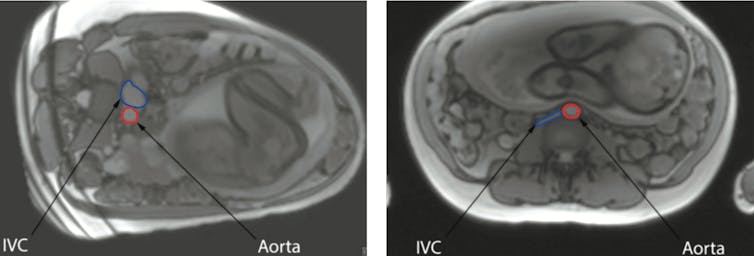Read the latest articles relevant to your clinical practice, including exclusive insights from Healthed surveys and polls.
By reading selected clinical articles, you earn CPD in the Educational Activities (EA) category whenever you click the “Claim CPD” button and follow the prompts.
| SPECIES | NATURAL HABITAT | INCIDENCE |
| Epidermophyton floccosum | Humans | Common |
| Trichophyton rubrum [worldwide] | Humans | Very common |
| Trichophyton interdigitale [anthropophilic] | Humans | Very common |
| Trichophyton tonsurans | Humans | Common |
| Trichophyton violaceum | Humans | Less common |
| Trichophyton concentricum | Humans | Rare |
| Trichophyton schoenleinii | Humans | Rare |
| Trichophyton soudanense | Humans | Rare |
| Trichophyton rubrum [African] | Humans | Rare |
| Microsporum audouinii | Humans | Less common |
| SPECIES | NATURAL HABITAT | INCIDENCE |
| Trichophyton interdigitale [zoophilic] | Mice, rodents | Common |
| Trichophyton erinacei | Hedgehogs | Rare |
| Microsporum canis | Cats | Common |
| SPECIES | NATURAL HABITAT | INCIDENCE |
| Microsporum gypseum | Soil | Common |
| Microsporum nanum | Soil/pigs | Rare |
| Microsporum cookei | Soil | Rare |
| LEVEL OF INFECTION | MYCOSIS | CAUSATIVE ORGANISM | INCIDENCE |
| Superficial | Pityriasis versicolor Seborrhoeic dermatitis including dandruff and follicular pityriasis | Malassezia furfur (a lipophilic yeast) | Common |
| Tinea nigra | Hortaea werneckii | Rare | |
| White Piedra | Trichosporon sp | Common | |
| Black Piedra | Piedraia hortaea | Rare | |
| Cutaneous | Dermatophytosis | Trichophyton, Epidermophyton, Microsporum | |
| Dermatomycosis | Fungi other than dermatophytes | ||
| Candidiasis | Candida species | ||
| Other yeasts | Geotrichum, Trichosporon | ||
| Subcutaneous | Sporotrichosis | Sporothrix schenckii | Rare |
| Chromoblastomycosis | Fonsecaea, Phialophora, Cladophialophora etc | Rare | |
| Phaeohyphomycosis | Cladophialophora, Exophiala, Bipolaris, Exserohilum, Curvularia | Rare | |
| Dimorphic Systemic Mycoses | Histoplasmosis | Histoplasma capsulatum | Rare |
| Opportunistic Systemic Mycoses | Candidiasis | Candida albicans and related species | Common |
| Cryptococcosis | Cryptococcus neoformans | Rare/Common | |
| Aspergillosis | Aspergillus fumigatus etc | Rare |


- Edmond Chan, Pediatric Allergist; Head & Clinical Associate Professor, Division of Allergy & Immunology, Department of Pediatrics, Faculty of Medicine; Investigator, BC Children's Hospital Research Institute, University of British Columbia
This article is republished from The Conversation under a Creative Commons license. Read the original article.…colourful and playful in design, and may be confused with toys.All toys for children aged 36 months and below, including teething toys, are strictly regulated by Australian standards. As the ACCC warns, teething necklaces are unlikely to fulfil this requirement.